Light therapy lamp, also known as red light therapy device, is a non-invasive therapy, in the fitness, beauty industry is particularly popular, but also can be a great help to improve sleep, many friends are also using, but here there will be a question, that is, the light therapy lamp can be used all day? This is a lot of people's doubts, so let's talk about the following, whether it can be used throughout the day.
Understanding light therapy and its effects
Light therapy is similar to sunlight, except that it is artificially created light that targets immobile light waves to improve the body. We all know that sunlight is good for the health of the body, and we have learned that light therapy can be an alternative to sunlight. Artificial light sources of specific brightness can produce the same effect as natural sunlight exposure.
Light therapy works best especially for the skin, as well as for pain and surgical recovery, while it helps to promote the production of serotonin and melatonin, which in turn helps to treat a variety of illnesses that may occur due to a lack of these hormones, while some scientists have studied that light may stimulate the parts of the brain that control mood, appetite and sleep, thus affecting how a person feels.
How Light Therapy Lamps Work
Light therapy lamps function by emitting specific wavelengths of light that penetrate the skin and interact with cells in targeted ways. They are commonly used in medical and cosmetic treatments. The mechanism depends on the type of light used:
1. Blue Light Therapy (Around 415 nm)
Common Use: Treating acne and killing bacteria
How it Works:
- Blue light penetrates the top layers of the skin and targets the Propionibacterium acnes (P. acnes), a bacteria that causes acne.
- These bacteria produce porphyrins, which are light-sensitive compounds.
- When exposed to blue light, porphyrins generate reactive oxygen species (ROS) that destroy the bacterial cells.
- This helps reduce inflammation, kill acne-causing bacteria, and control excess oil production.
2. Red Light Therapy (620–660 nm)
Common Use: Anti-aging, skin rejuvenation, wound healing
How it Works:
- Red light penetrates deeper into the skin (up to several millimeters).
- It stimulates mitochondrial activity in cells, leading to increased production of ATP (adenosine triphosphate) – the energy currency of cells.
- This boosts collagen production, enhances circulation, and accelerates tissue repair, making the skin look firmer and healthier.
- It also reduces inflammation and helps in healing scars or damaged skin.
3. Near-Infrared Light Therapy (700–1100 nm)
Common Use: Pain relief, muscle recovery, deeper tissue healing
How it Works:
- Near-infrared light penetrates even deeper than red light, reaching muscles and joints.
- It promotes blood circulation, reduces oxidative stress, and enhances cellular regeneration in deeper tissues.
- Often used in physical therapy and sports medicine.
Can You Use a Light Therapy Lamp All Day?
Yes, you can. Using a therapy lamp for too long, especially too late in the day, can wreak havoc on your circadiancycle. This can lead to you having trouble falling asleep at night. When first starting, be sure to limit your SAD light therapy time to 20-30 minutes per day. The only scenario where you should use a therapy lamp at night is if you work a night shift. Therapy lamps can be effective for shift work adjustment. However, you should avoid using it at night if you have a regular schedule. Doing so can cause your sleep-wake cycle to be thrown off, creating sleep troubles. It's also been found that exceeding 40 minutes of light therapy has no additional benefits.
The risks and benefits of using a light therapy lamp at night are that it suppresses your melatonin production. This makes it hard for you to sleep and leads to fatigue, sleep disorders, and other health issues. However, some studies have shown that using a light therapy lamp in the evening may improve sleep quality and reduce insomnia. To add to that, using light therapy lamps at night may be relaxing and help reduce stress levels. Midday sessions can be a suitable option for individuals with dementia and their caregivers for several reasons.
This is because many people with dementia are most alert during the middle of the day. Thus, this helps to reduce sundowning and helps establish a consistent routine for dementia patients. To add on, midday sessions may help group activities or outings by providing assistance to combat feelings of isolation.
It is important to remember that overusing happy lamps (light therapy lamps) may lead to side effects such as eye strain, headaches, and sleep issues. Hence, in order to avoid such issues, it is important to follow the provided guidelines of using it for about 20 to 30 minutes a day. Thus, to prevent overuse, you will need to monitor your response to light therapy lamps and adjust as needed.
If you are experiencing sleep issues or any form of discomfort, it is advisable to reduce the timing and intensity of your light therapy sessions. Additionally, always remember that you need to be consistent with your light therapy sessions and use it in the morning to regulate your circadian rhythm without disrupting your sleep pattern.
Guidelines for Safe and Effective Use
To maximize the benefits of light therapy, follow these guidelines: Use the lamp for at least 30 minutes daily, ideally in the morning, to help regulate your circadian rhythms and boost energy levels. Adjust the lamp’s intensity and duration based on your individual needs and response. Consider using the lamp in the evening to help regulate your sleep-wake cycle.
Source for a lamp that emits at least 10,000 lux of light. Check the size and portability of the lamp. Ensure that there is certification from reputable organizations, such as the National Sleep Foundation. Use the lamp for longer periods, such as 1–2 hours during winter months. This may help with Seasonal Affective Disorder (SAD) and may be one of the best gifts for seasonal depression.
When starting to use a light therapy lamp, it is important to place it at an area to achieve optimum results. Here are some guidelines:
Ensure that the lamp is placed at least 2 feet away to avoid direct glare and unfavorable viewing. Ensure that the lamp is in a comfortable position, that you are seated comfortably, and that the light therapy is reaching your eye. The height of the lamp should not touch the eyes but should be towards your face. This is to avoid any form of discomfort or strain on the eye. Start a routine and use the lamp at the same time every day to receive maximum benefits. The optimal distance from the light therapy lamp to your face should be within 2 feet. This distance may help to provide adequate light to your eyes. However, if you find that the light is hurting your eye, then it is essential to place it at a comfortable distance.
Risks of Overuse
It’s possible to have too much light therapy, but that limit varies from person to person. You can gauge when your “internal light meter” is maxed out if you feel similar to being over-caffeinated or having too much energy, Rosenthal said. For some people, overexposure to light can lead to a feeling of mania so the duration of light therapy should be limited, he added.
Some people experience mild headaches, nausea, dizziness, or eye strain when using the lights. These symptoms usually occur at the beginning of treatment, and get better in a few days. Otherwise, they can be relieved by reducing the daily exposure time, or by sitting slightly farther away from the lights. Occasionally people report feeling irritable, or euphoric, or being “too high” when treated with light therapy. If this happens, the treatment should be stopped, and you should contact your doctor. If light therapy is restarted, use a shorter exposure time (e.g., 15 minutes per day) or sit slightly farther away from the lights.
Who Should Avoid All-Day Use?
Light therapy lamps are not for everyone, such as those with light-sensitive eyes and those taking antibiotics. It is best to consult with your doctor if you want to use it.
FAQs About Using Light Therapy Lamps All Day
1. Can I use a light therapy lamp for more than 30 minutes a day?
Using a therapy lamp for too long, especially too late in the day, can wreak havoc on your circadian rhythm. This can lead to you having trouble falling asleep at night. When first starting, be sure to limit your SAD light therapy time to 20-30 minutes per day. It's also been found that exceeding 40 minutes of light therapy has no additional benefits.
2. Is it safe to use a light therapy lamp all day?
It is important to remember that overusing happy lamps (light therapy lamps) may lead to side effects such as eye strain, headaches, and sleep issues. Hence, in order to avoid such issues, it is important to follow the provided guidelines of using it for about 20 to 30 minutes a day. Moreover, if you are experiencing sleep issues or any form of discomfort, it is advisable to reduce the timing and intensity of your light therapy sessions.
3. Can I use the lamp at night?
The risks and benefits of using a light therapy lamp at night are that it suppresses your melatonin production. This makes it hard for you to sleep and leads to fatigue, sleep disorders, and other health issues. The only scenario where you should use a therapy lamp at night is if you work a night shift. Therapy lamps can be effective for shift work adjustment. However, you should avoid using it at night if you have a regular schedule.
4. What happens if I overuse a light therapy lamp?
It’s possible to have too much light therapy, but that limit varies from person to person. You can gauge when your “internal light meter” is maxed out if you feel similar to being over-caffeinated or having too much energy. For some people, overexposure to light can lead to a feeling of mania so the duration of light therapy should be limited. Some people experience mild headaches, nausea, dizziness, or eye strain when using the lights.
5. How do I know if I’m using the lamp correctly?
To be effective, the lamp must shine light directly into your eyes. Having the light shine indirectly may not produce any benefits or take longer than 20-30 minutes. Your eyes should be just about centered with the lamp titled at 15 degrees (if shining downwards). You can read or eat while sitting under the lights, but your eyes must be open for the effect to occur. You should NOT stare directly at the lights.
Conclusion
Using a light therapy lamp all day is not recommended due to potential risks like disrupted sleep, eye strain, and mood changes. Experts advocate for 20-30 minute sessions, ideally in the morning, to align with your circadian rhythm and maximize benefits like improved mood and energy. Consistency, proper positioning, and adherence to guidelines are key to safe and effective use.
View our products:
- https://bontanny.com/products/bontanny-table-stand-series-red-light-therapy-ba300
- https://bontanny.com/products/bontanny-remote-control-series-professional-red-light-therapy-device-with-stand
- https://bontanny.com/products/bontanny-portable-series-red-light-therapy-device
-
https://bontanny.com/products/bontanny-moving-pro-series-red-therapy-light-device

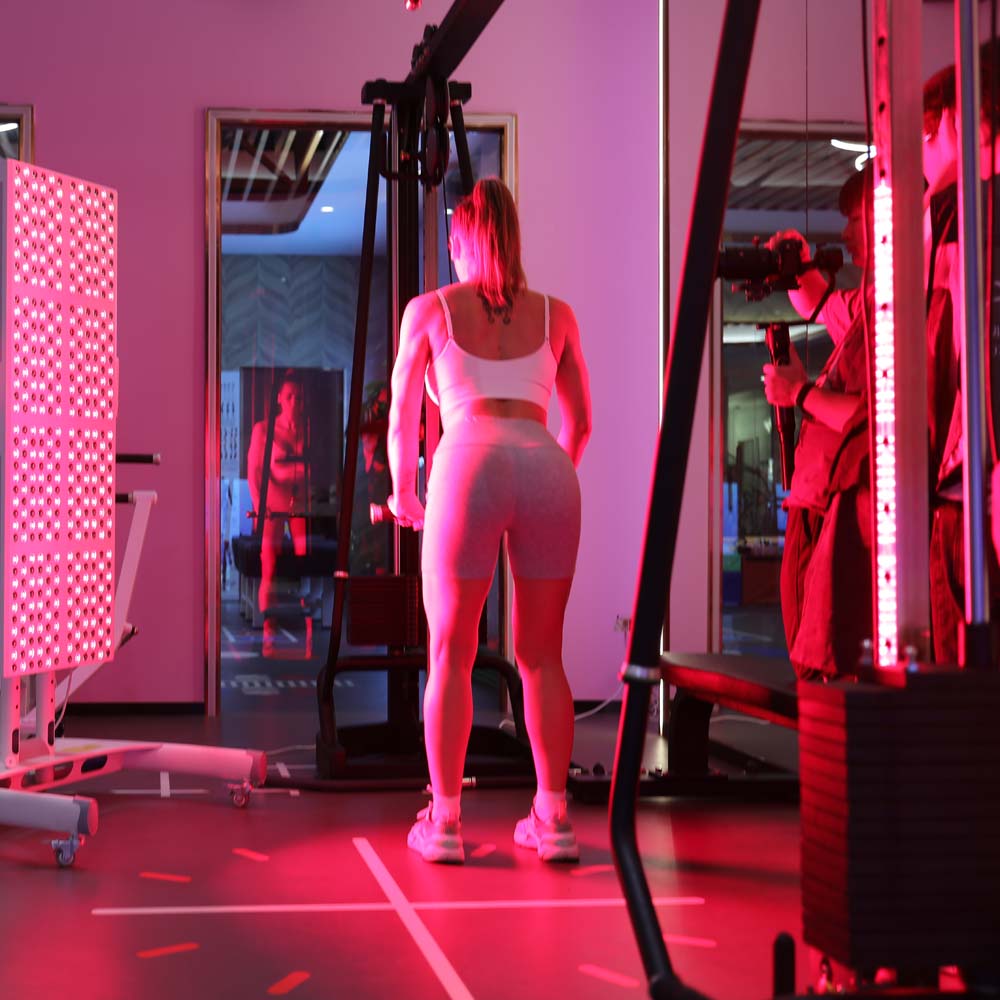
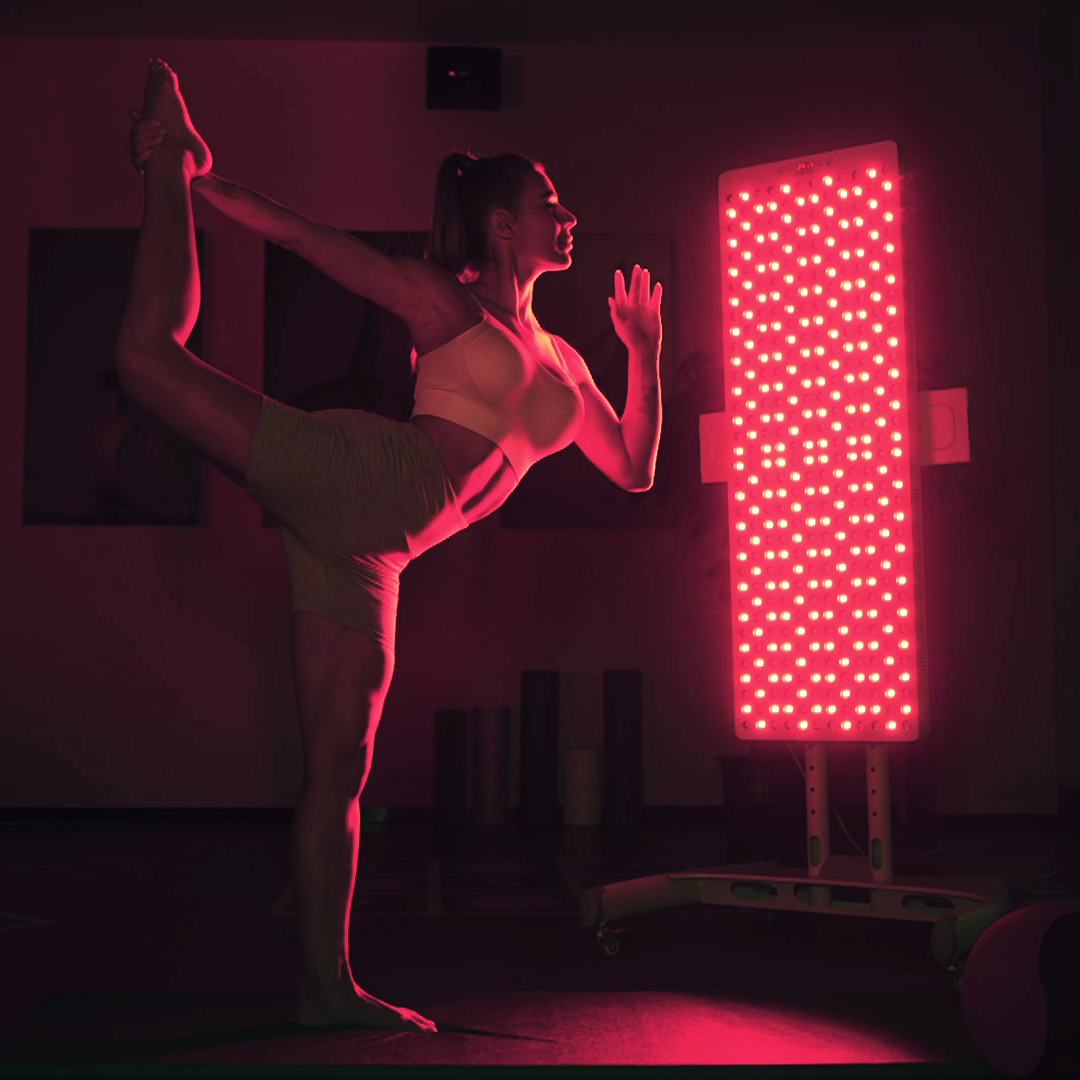
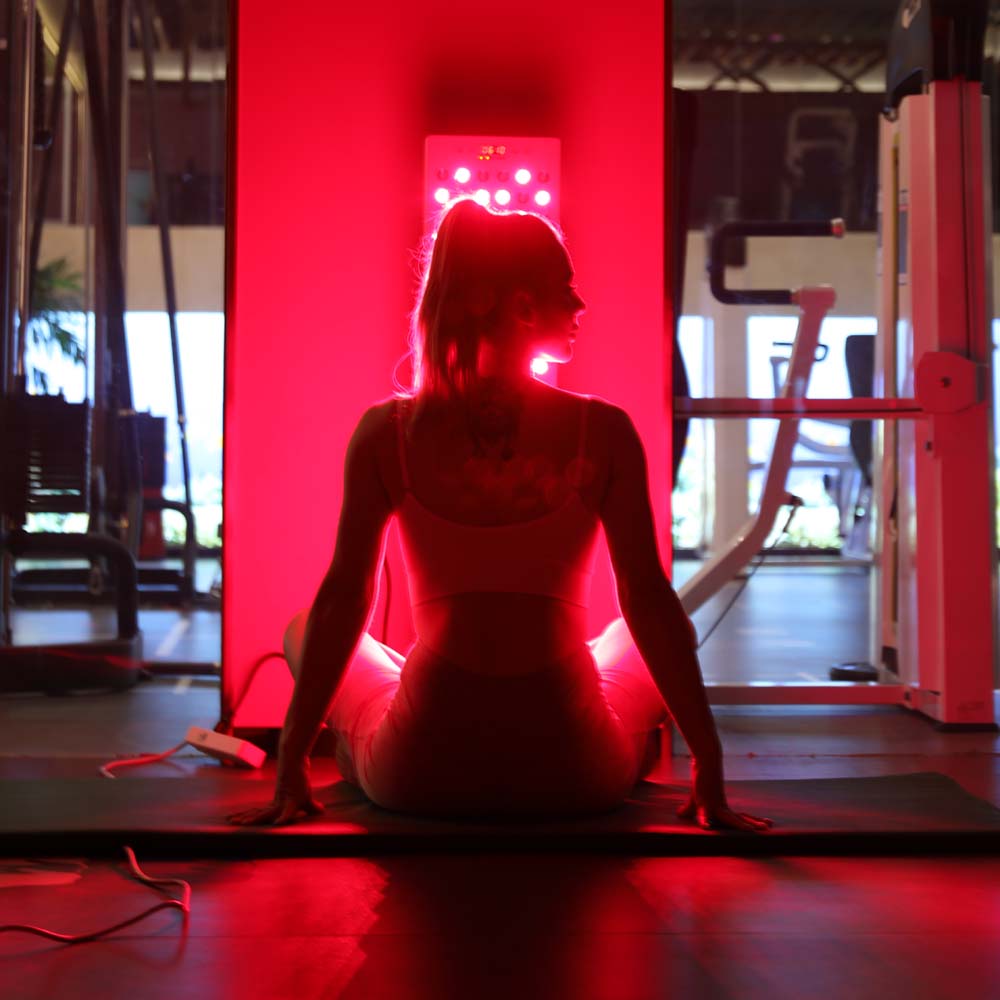
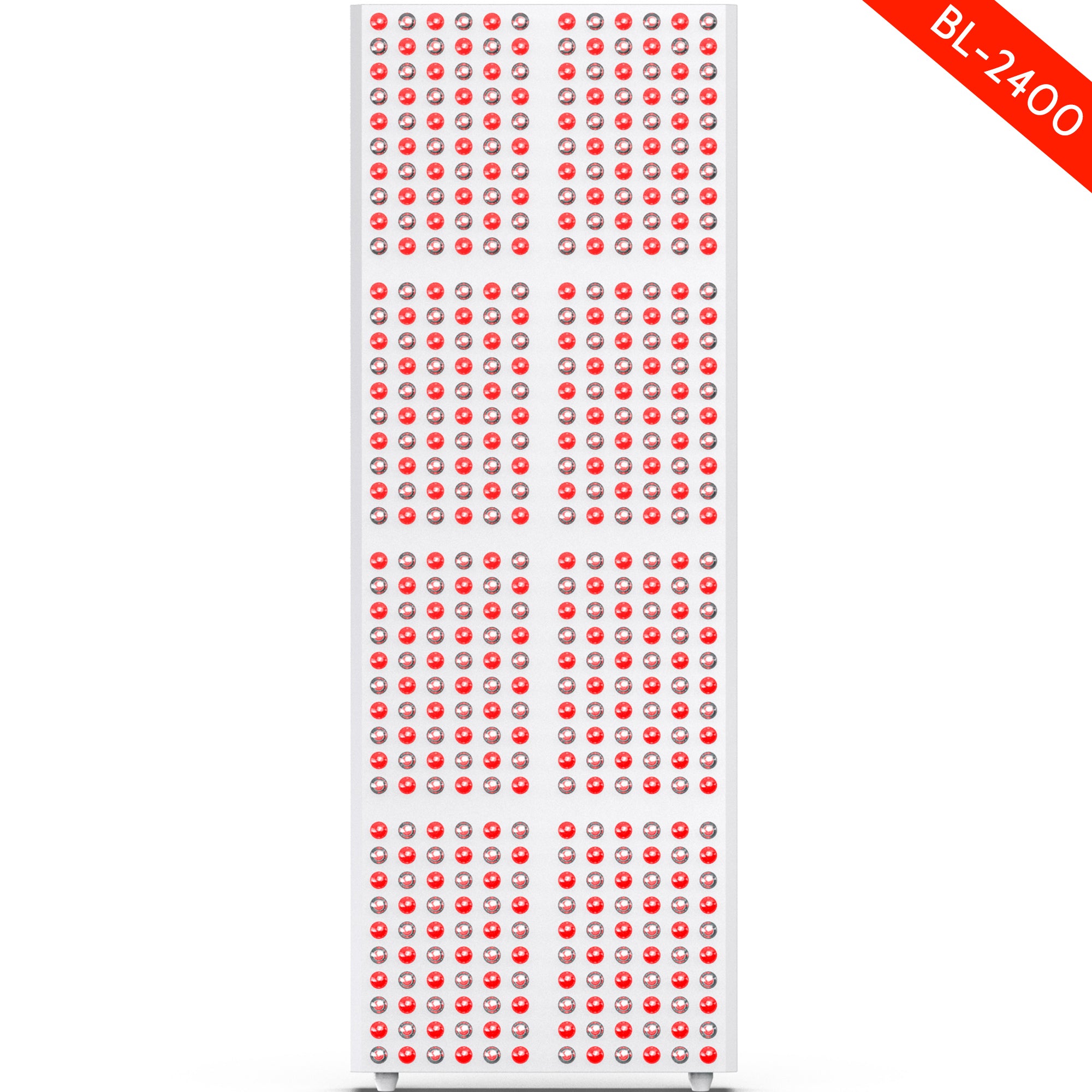

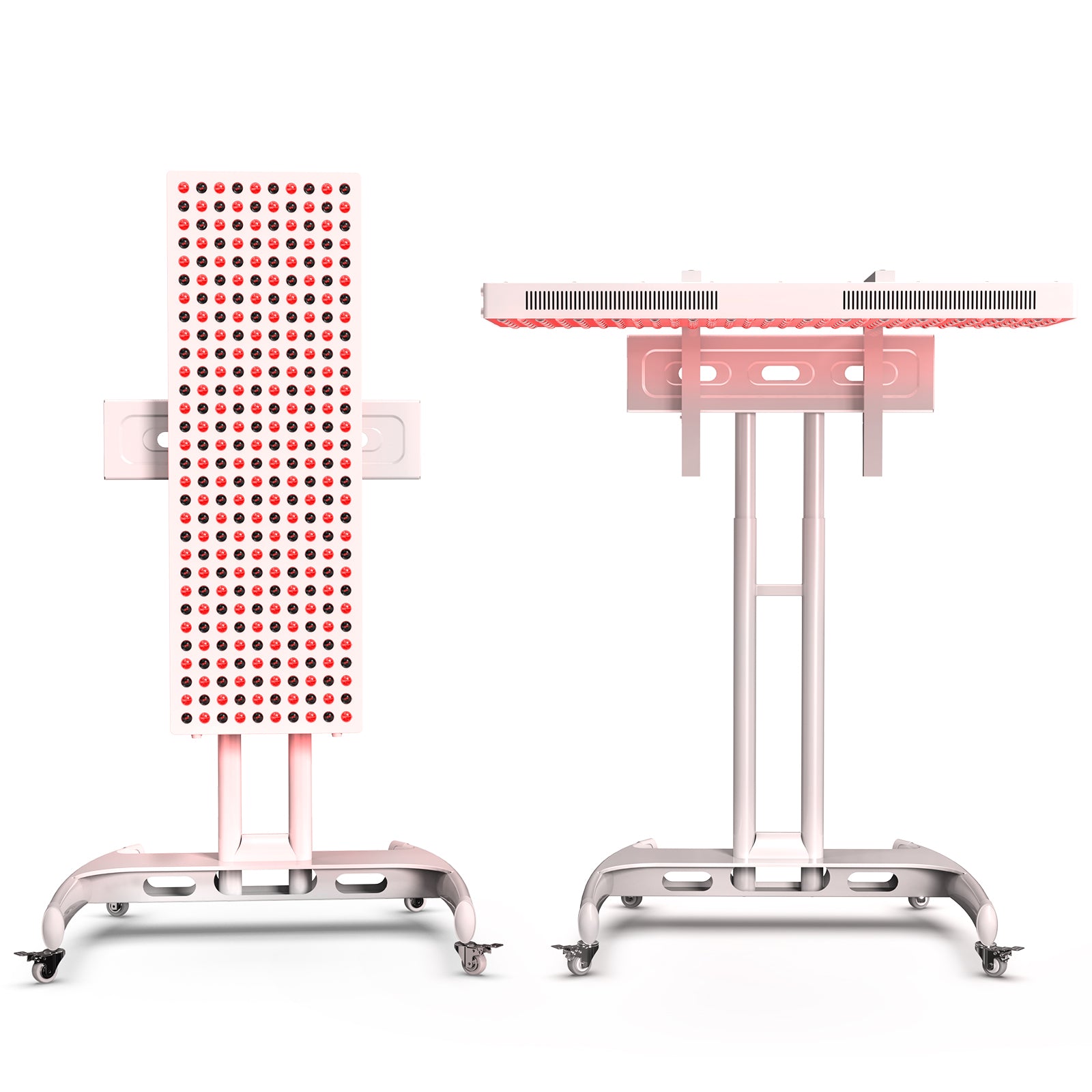
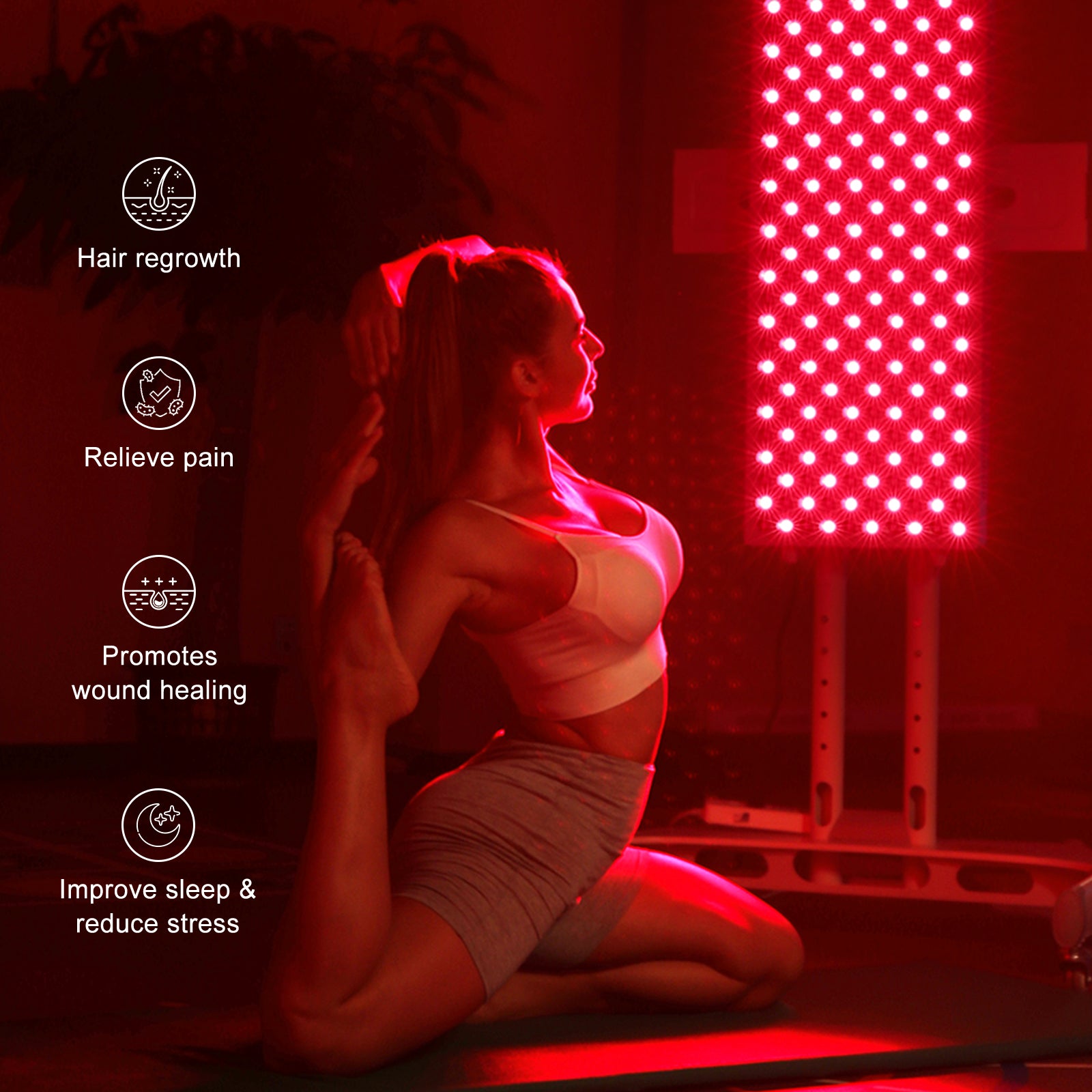
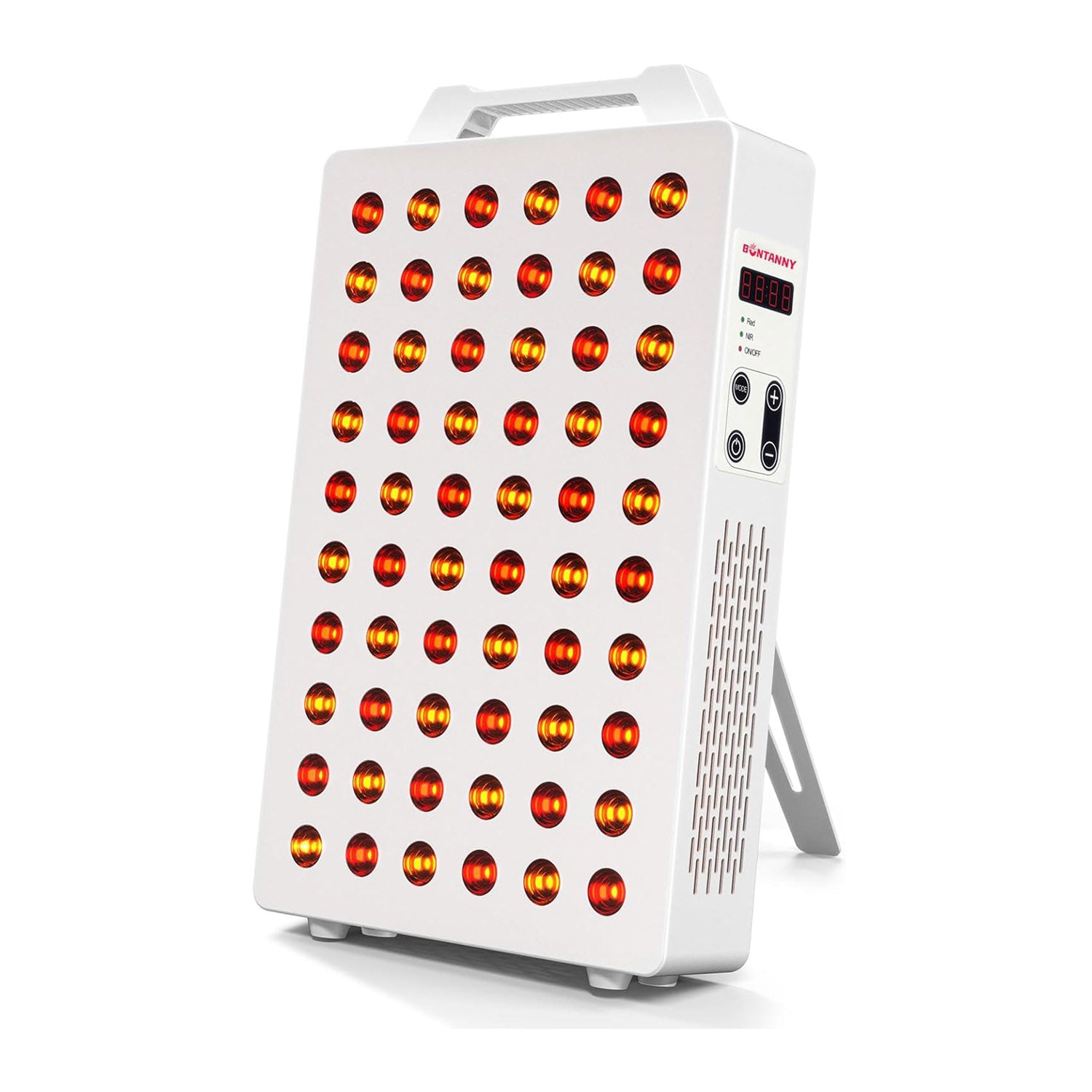
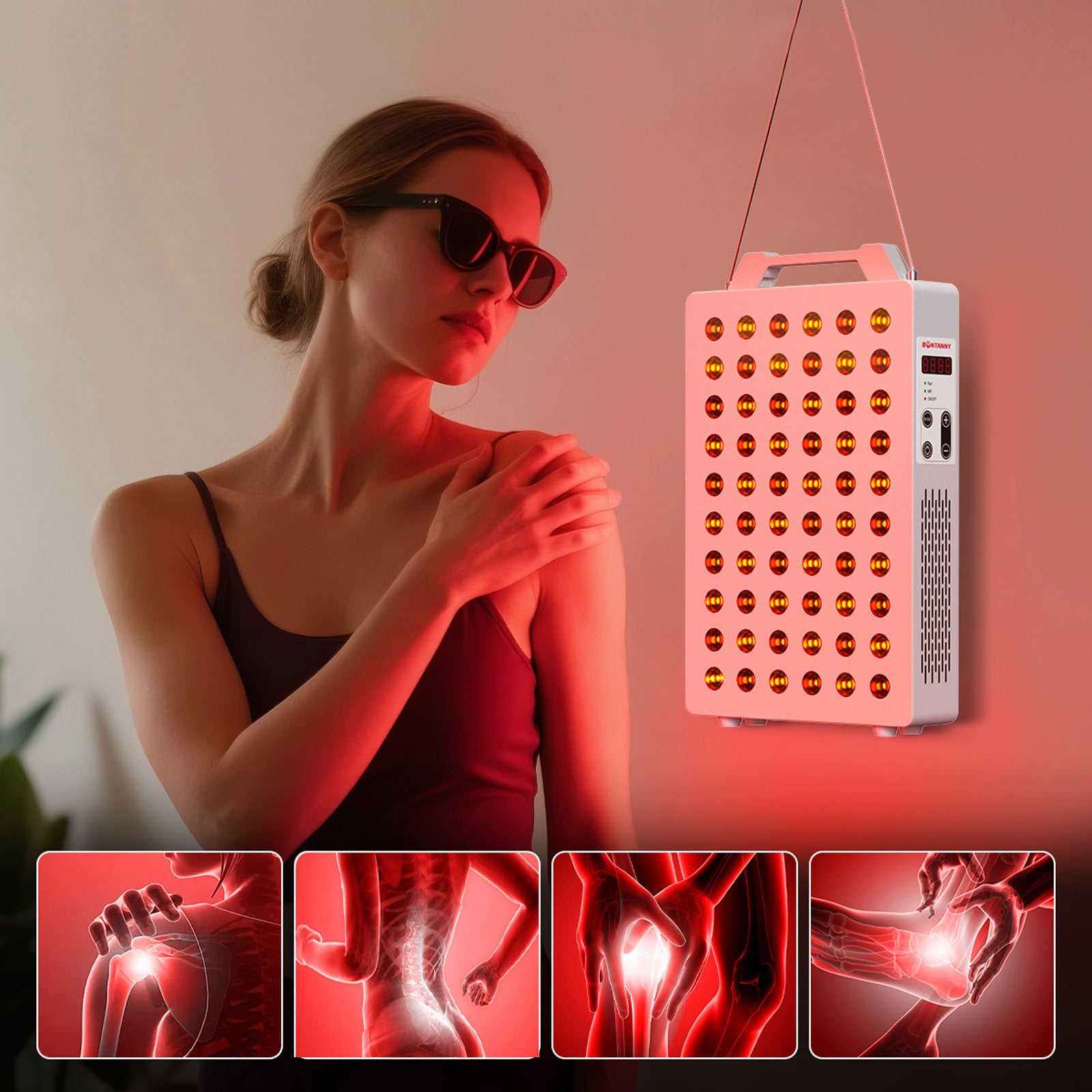
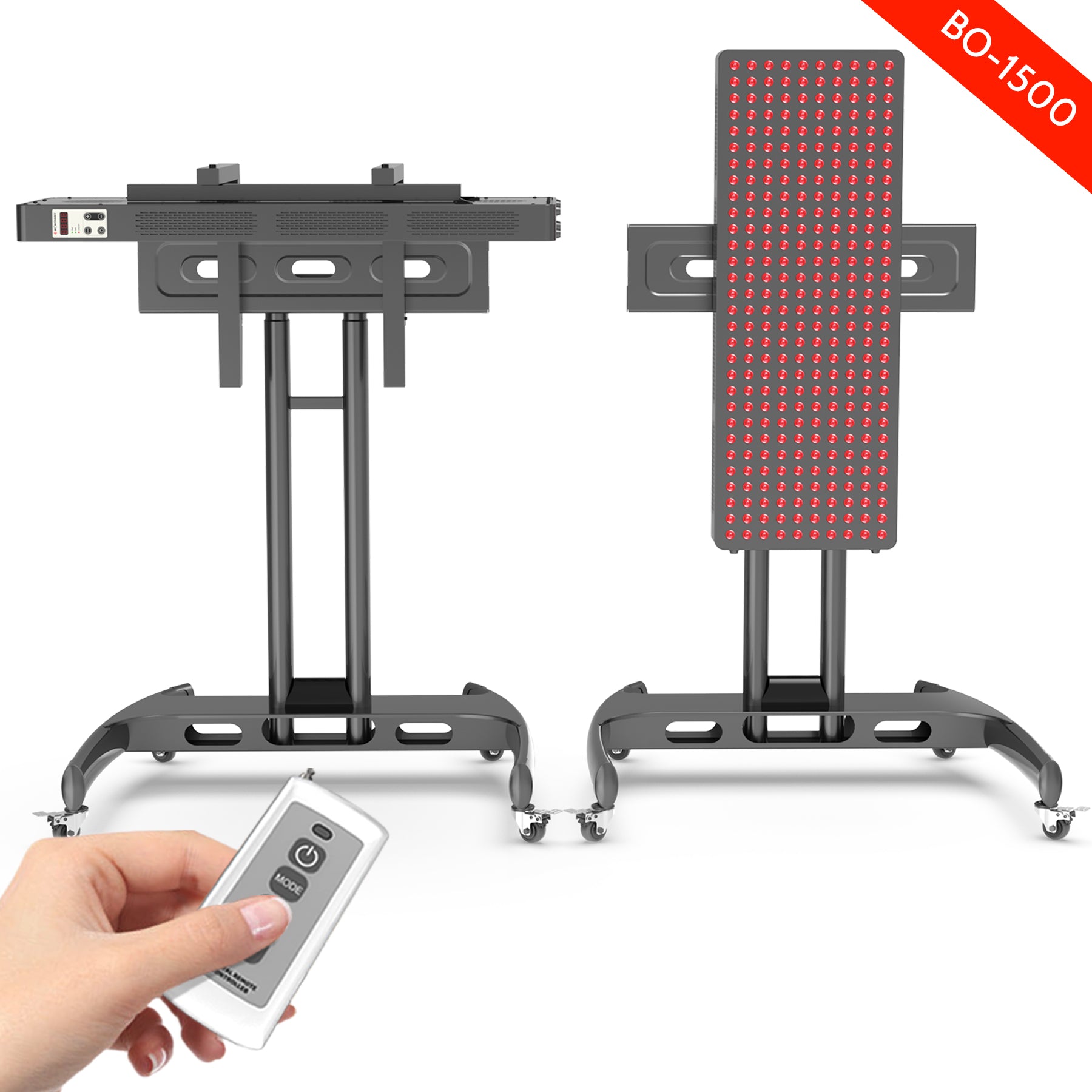

Leave a comment
This site is protected by hCaptcha and the hCaptcha Privacy Policy and Terms of Service apply.